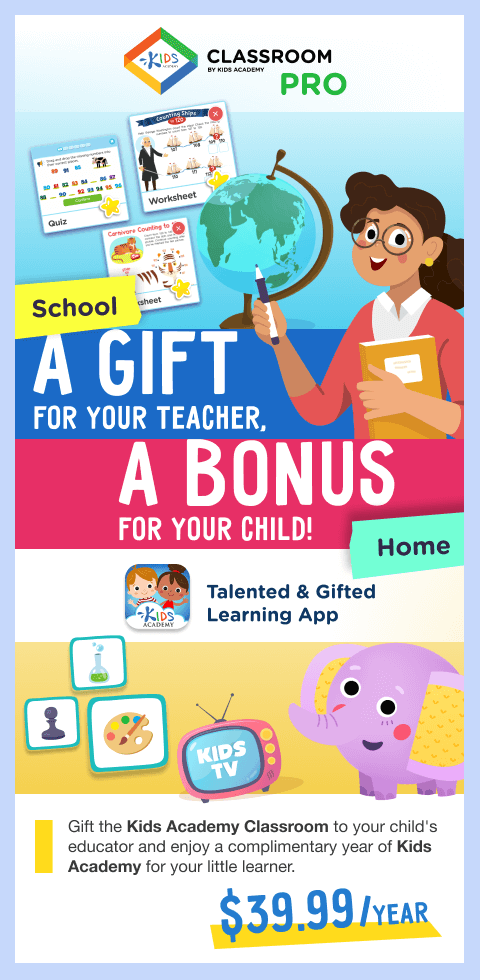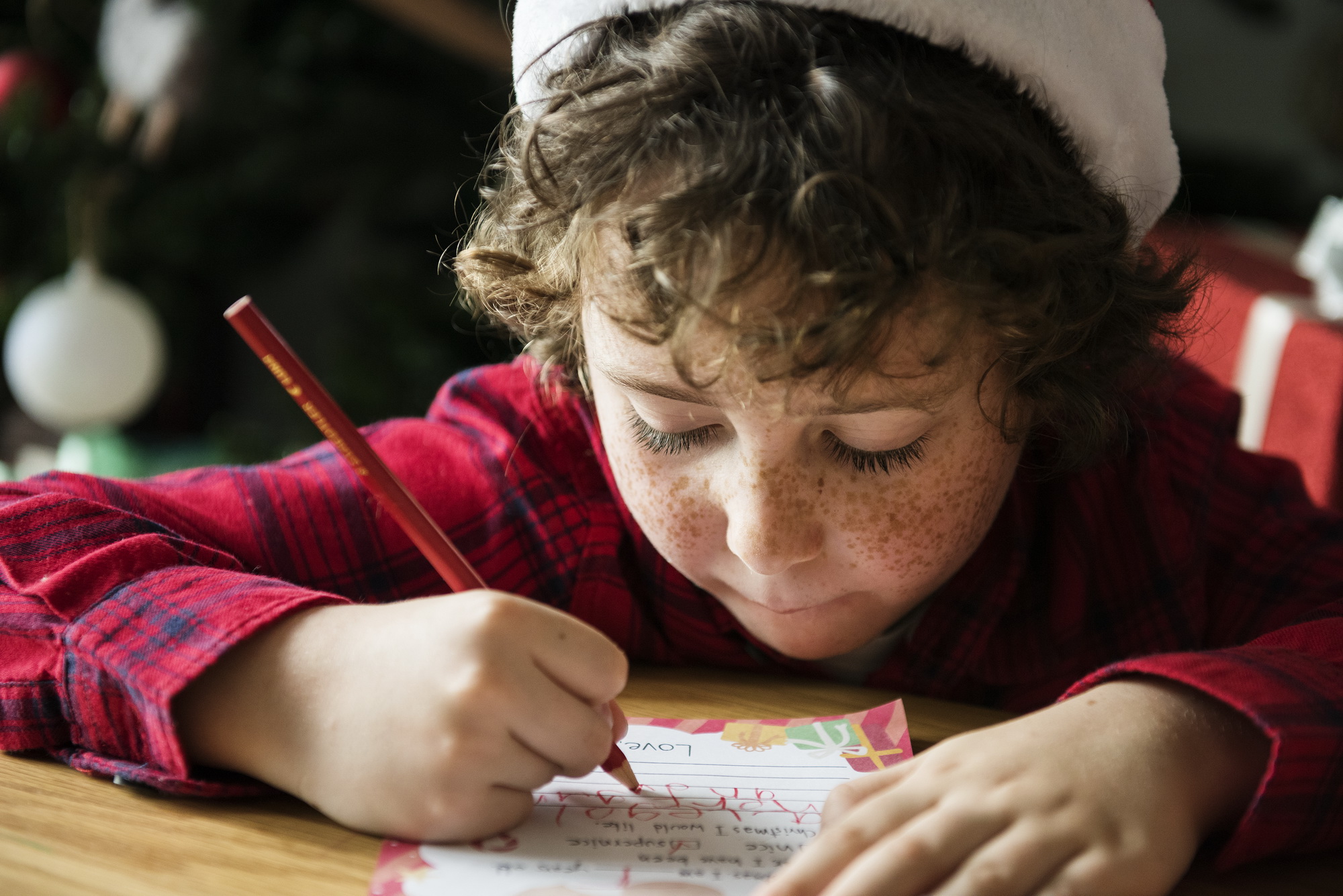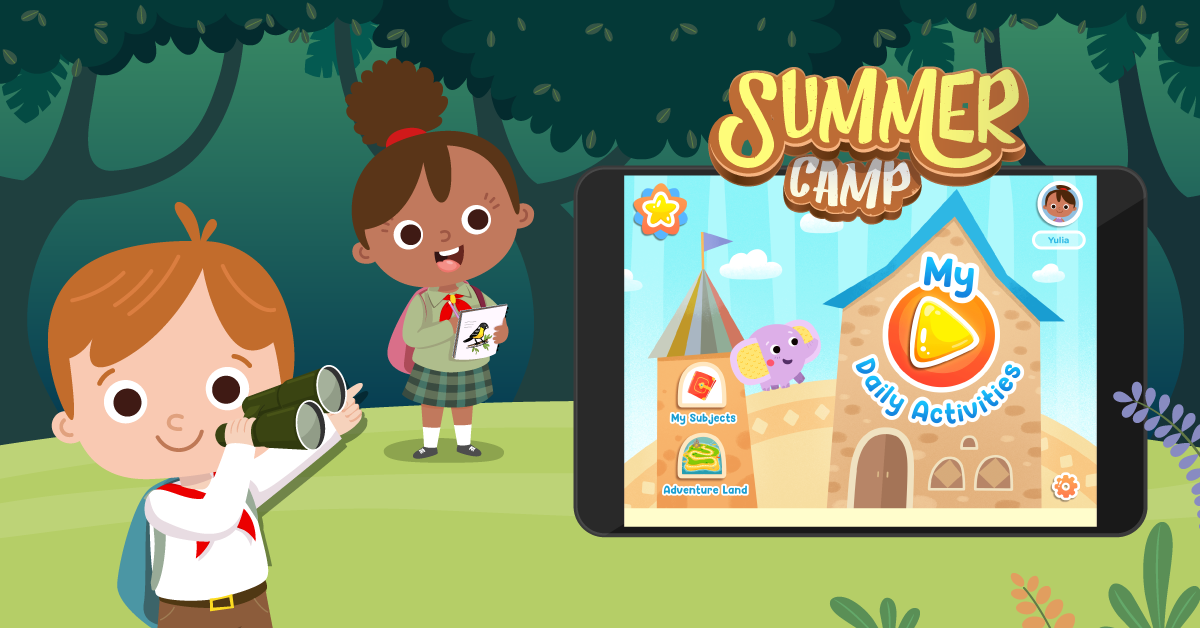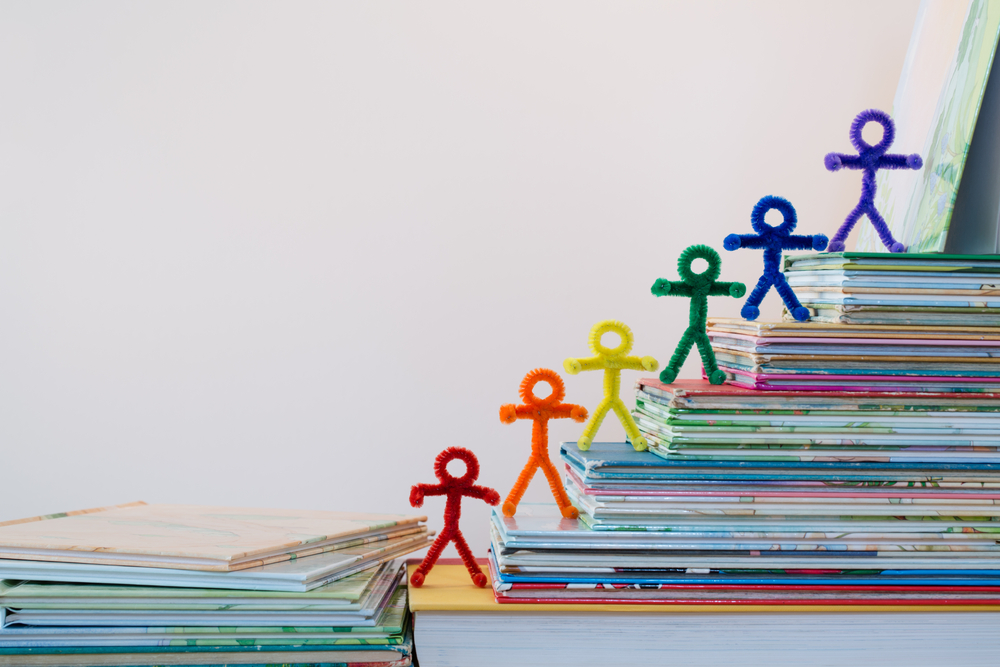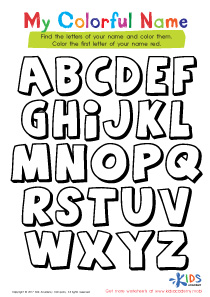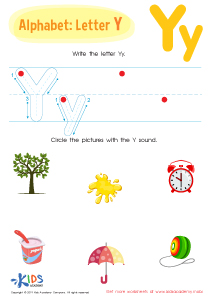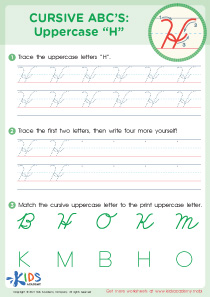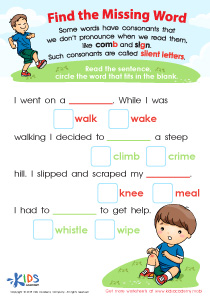Alphabetical order understanding Grade 3 Alphabet Worksheets
5 filtered results
-
From - To
Enhance your Grade 3 students' understanding of alphabetical order with our engaging Alphabet Worksheets! Designed to make learning fun, these worksheets provide various activities that help kids practice organizing words and phrases alphabetically. Through matching, sorting, and fill-in-the-blank exercises, students will strengthen their language skills and develop a solid grasp of order, crucial for dictionary use and language mastery. Ideal for in-class learning or homework, our worksheets encourage active participation and foster a love for language. Visit our site to explore a variety of resources that make mastering alphabetical order both enjoyable and educational for young learners!
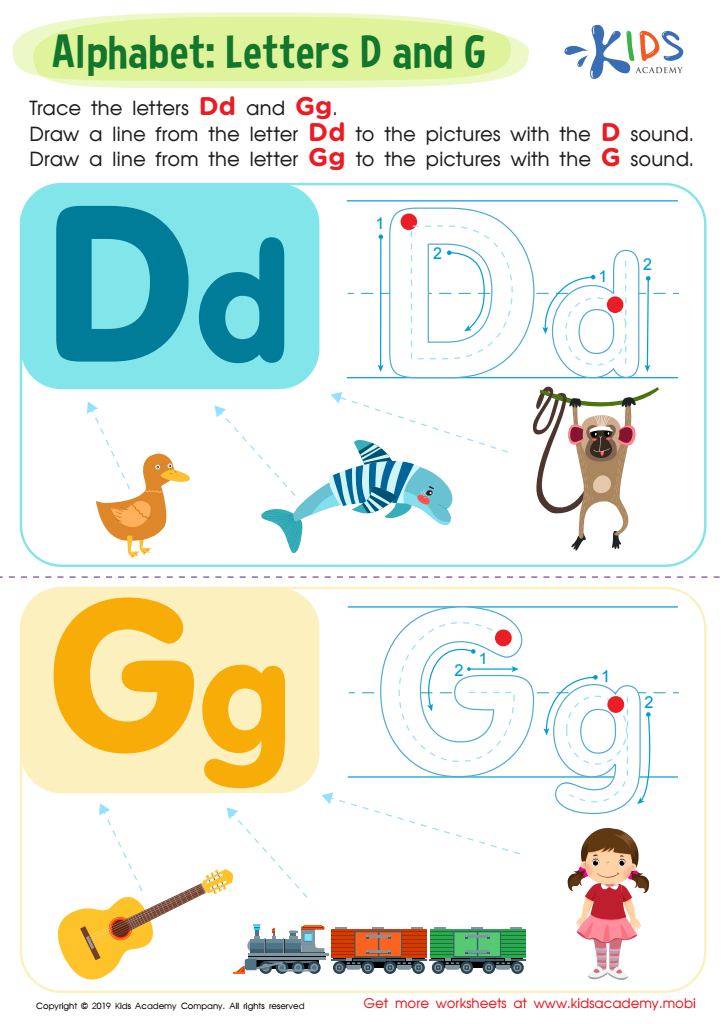

Letter D and G Tracing Worksheet
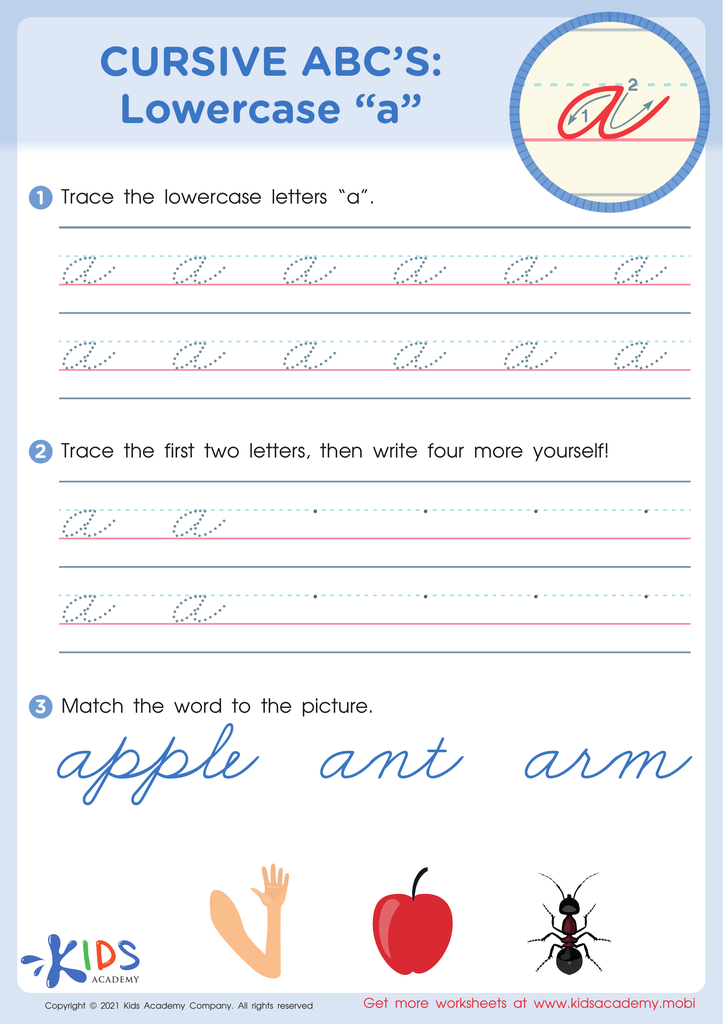

Cursive ABCs: Lowercase a
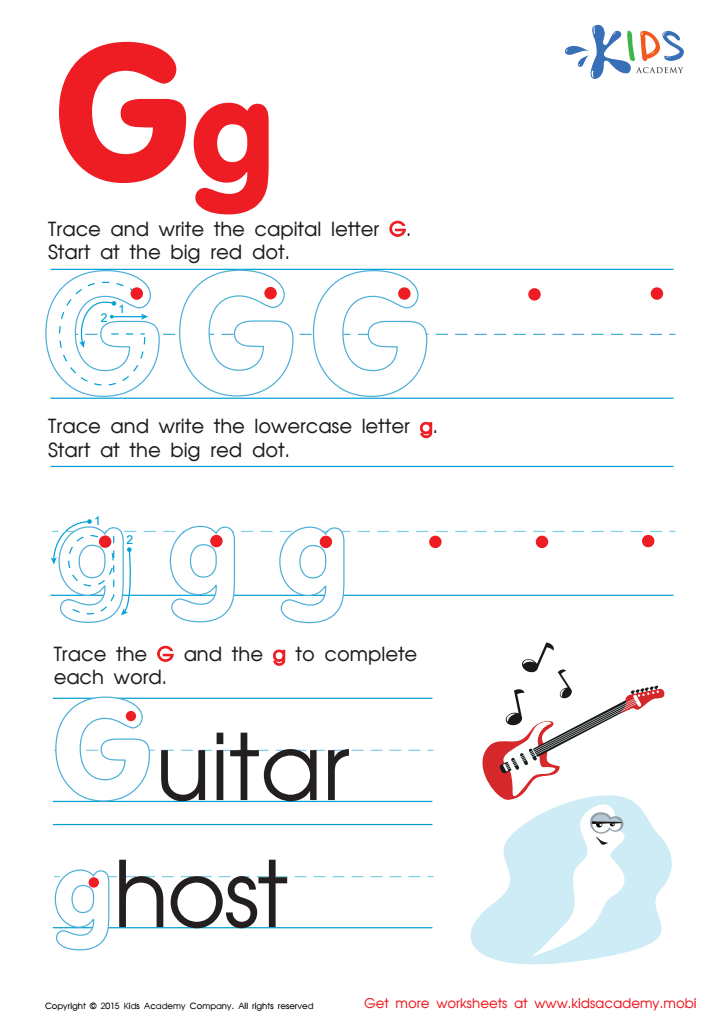

Letter G Tracing Page
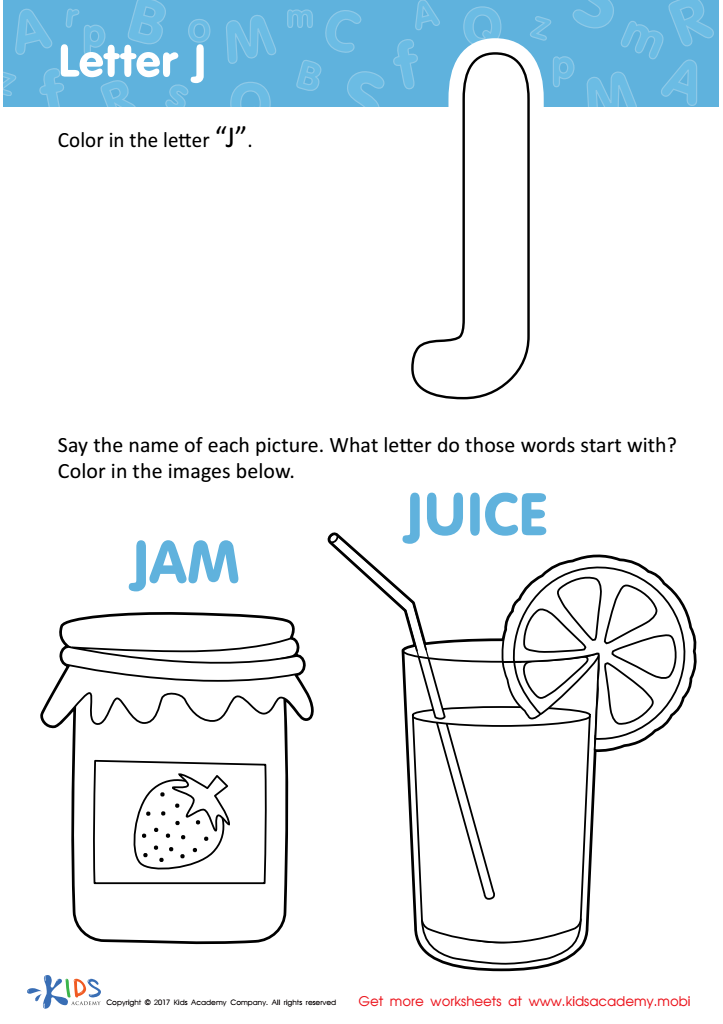

Letter J Coloring Sheet
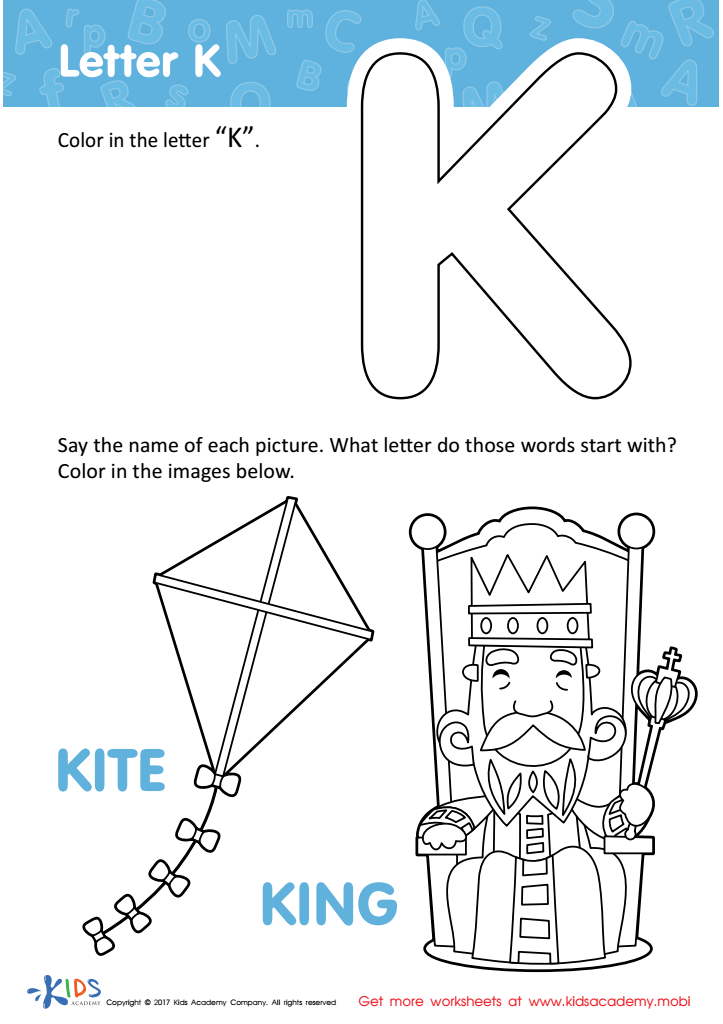

Letter K Coloring Sheet
Understanding alphabetical order is crucial for Grade 3 students as it builds foundational literacy skills essential for their academic success. When students learn to arrange words or items in alphabetical order, they enhance their phonemic awareness and spelling skills, as they recognize the relationship between letters and sounds. This understanding also fosters vocabulary development; students encounter new words in context, which broadens their language comprehension.
In addition, mastering alphabetical order aids students in navigating reference materials like dictionaries, encyclopedias, and glossaries. Being proficient in using these resources is vital as they progress in their education, enabling them to research information efficiently and independently.
Moreover, teaching children to organize information alphabetically promotes critical thinking and problem-solving skills. It encourages them to categorize and analyze information, which are important cognitive skills that they will utilize throughout their lives.
Lastly, promoting alphabetical order instills a sense of order and organization, which has broad implications beyond academics. Parents and teachers who emphasize this skill contribute to children's overall development, equipping them with tools necessary for lifelong learning and effective communication in a structured world.
 Assign to My Students
Assign to My Students


